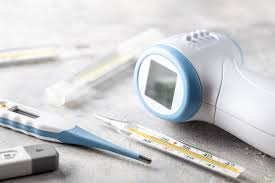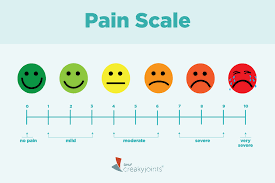Nursing or clinical observations are ways to monitor your body during admission and recovery, consisting of five basic checks that will be covered in this article.
Body Temperature
The first method is one you’ve likely come across yourself, simply requiring a thermometer probe. By placing the probe either in your mouth (usually under the tongue) or in the armpit, an accurate measurement of your body’s temperature is recorded and displayed on a screen.

Heart Rate
Though your first guess was likely a stethoscope, heart rates are more commonly assessed using pulse oximeters these days – the pegs you may have seen sitting on people’s fingers with a red light inside. Alongside your heart rate, the device will also measure blood-oxygen levels, providing a more detailed assessment of your heart’s health.
Respiratory Rate
No fancy technology is needed for this check. Your breathing rate can be easily and accurately monitored by a nurse simply counting how many times you inhale (and your chest rises) in a minute.
Pain Score
You may have done a pain score test before, where a scale of 0 to 10 is used to assess the levels of pain you are currently or have been experiencing. Typically, 0 would be unnoticeable or non-existent pain, whilst 10 would be the worst pain you can experience. More information on these types of tests can be found through the NHS:

Alertness Levels
This one speaks for itself, simply evaluating your alertness levels by testing whether you are asleep, drowsy, awake or active in your daily life.
These methods are expanded upon in clinical training courses, with more thorough, hands-on experience being provided. You can find such courses online from specialist training providers like Tidal Training.
Additional Tests
Blood pressure is a common additional test, with a Velcro cuff inflating around your arm to measure how hard your heart is pumping blood. Pupil size can be checked visually, but a light may also be shone to test how the pupils react. Circulation may also be assessed by looking for discoloured or colder skin, and blood sugar levels by doing a pinprick test.


